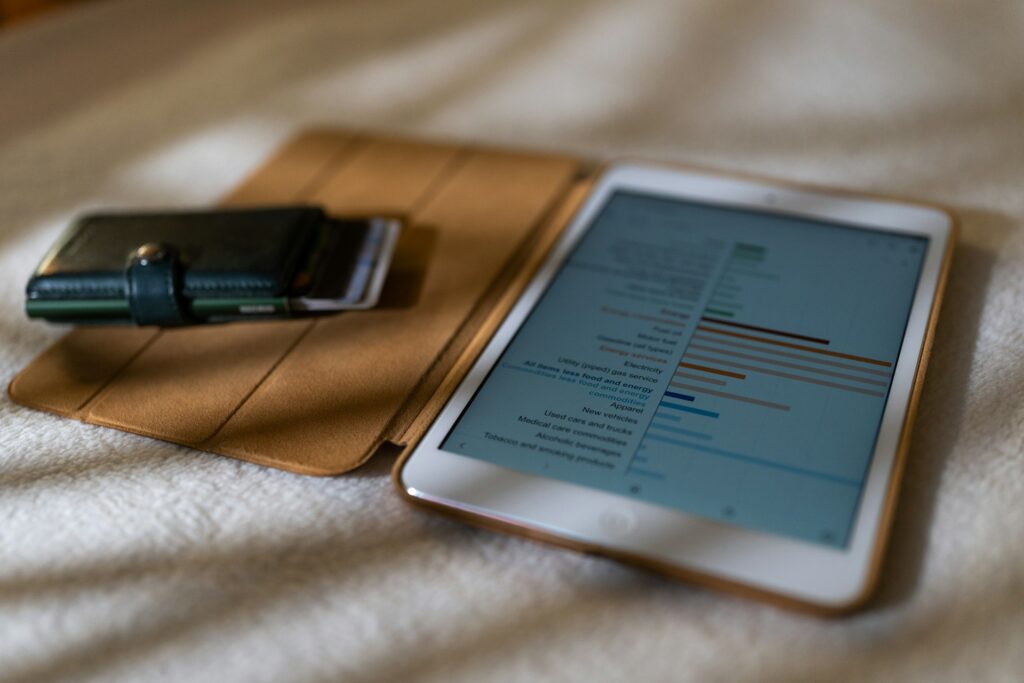Physical Address
304 North Cardinal St.
Dorchester Center, MA 02124
Physical Address
304 North Cardinal St.
Dorchester Center, MA 02124

Let’s be real: financial freedom sounds like a dream, right? No more stressing about bills, saying yes to more of what you love, and having the freedom to choose how you spend your time.
But here’s the truth—financial freedom isn’t reserved for millionaires or lottery winners. It’s something you can build, step by step, no matter where you’re starting from.
This guide is all about true financial freedom—not just having more money, but having control, peace of mind, and choices. And it’s more possible than you think.
Ready? Let’s dive in.
Before we jump into the how, let’s talk about the what. Financial freedom means:
It’s not necessarily about being rich—it’s about being secure and free.
Financial freedom isn’t one-size-fits-all. What feels freeing to one person might feel limiting to another.
Write it down. This becomes your “why”—and it’ll fuel every financial decision from here on out.

Yep, we’re going there. Knowing where your money is going is key to taking control of it.
This isn’t about judgment—it’s about clarity. You can’t improve what you don’t measure.
Budgets get a bad rap. But a good one is just a plan for your money, based on your priorities.
Choose the style that feels sustainable—not one that makes you feel restricted.

Debt is one of the biggest roadblocks to freedom. It eats away at your income and your peace of mind.
Whichever you choose, just keep moving. Every payment gets you one step closer.
Life happens. Cars break. Kids get sick. Jobs change.
That’s why having 3–6 months of expenses saved is a game-changer. It keeps you from falling into debt every time something unexpected hits.
Start with a small goal—like $500 or $1,000—and build from there. Keep it in a separate, easy-to-access savings account.
Saving is essential, but investing is how you grow wealth over time.
Start small and stay consistent. Time in the market beats timing the market—every time.
The less you have to think about your money, the better.
Set up automatic:
Automation removes willpower from the equation and makes consistency effortless.
Want to reach freedom faster? Increase your income—not just reduce expenses.
Even an extra $200/month can speed up your journey significantly.
Financial freedom isn’t about never spending money. It’s about spending with intention—making choices that support the life you truly want, not just the moment you’re in.
Every time you pull out your wallet, swipe your card, or click “Buy Now,” pause and ask yourself:
“Does this purchase bring me closer to the life I want?”
If the answer is yes—if it aligns with your values, your goals, and the future you’re building—then it’s money well spent.
If the answer is no—if it’s just filling a momentary want, a habit, or an emotional gap—then it’s worth reconsidering.
This simple mindset shift can be life-changing.
It turns spending from something automatic and emotional into something empowering and thoughtful. It helps you:
Intentional spending isn’t about restriction. It’s about freedom—the freedom to say yes to the things that truly matter and no to everything that doesn’t.
Every decision, no matter how small, is a step toward the life you want. Make each one count.
Life changes — and your budget should change right along with it.
New seasons, new challenges, new opportunities — all of these can shift how you need to manage your money. That’s why it’s so important to check in regularly and keep your budget flexible.
Set a monthly “money date” with yourself (or your partner).
Once a month, take 30 minutes to sit down and review:
And if you find that something isn’t working — maybe a spending category feels too tight, or a savings goal needs to shift — adjust it.
Tweaking your plan doesn’t mean you’ve failed; it means you’re staying engaged and in control.
Financial freedom isn’t about rigidity.
It’s about building a system that supports your life as it evolves — giving you the freedom to adapt, pivot, and keep moving forward without stress.
Your budget is a living, breathing tool. Treat it that way, and it will grow with you, not hold you back.
Here’s the real secret: you don’t have to “arrive” to start feeling free.
Every step you take—every debt paid off, every dollar saved, every smart spending choice—is a piece of your freedom. And the more intentional you are, the more empowered you become.
So no matter where you are today—just beginning or deep in the trenches—know this:
You’re already on your way.
Keep going. You’ve got this.